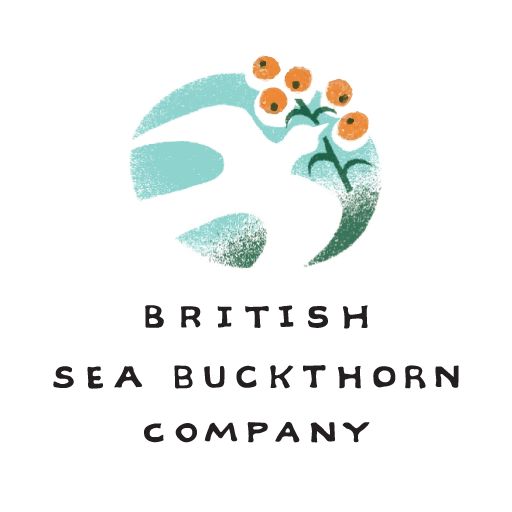One of the first things that attracted me to sea buckthorn as a new crop was its potential for so many uses. The ancient texts that promote its health benefits both for humans and animals evidence that for over 2000 years this plant has been respected as a great natural resource. When it comes to being a food however, health attributes may be seen as little more than a bonus. As with all foods it is taste that is the most important issue.
Taste comes in multiple layers. On a personal level there is the instant sensation of like and dislike. Our taste develops through early life and we all recognise how it changes and the foods that we like and we might have rejected as children.
Accepting that we like a food is a natural process. One can analyse the reasons and understand which taste sensations are driving our desires, but it is normally an instant process. It is this fact that is the current focus for our sea buckthorn crop as Devereux farm.
Including all German, Finnish, Latvian and Siberian plants we have 19 female plant varieties on site. The berries of each and every one of these provides a different taste sensation. The taste of a food changes and matures as it ripens, therefore understanding the ripening process is critical to how we grow and produce our berries.
This year we started analysing the soluable solids in the berries from early June. This is providing data on how the berries of each of the varieties are maturing. This indicated a good constant development pattern indicating up to a 15% increase week on week. Colour change is obvious, moving from green, to yellow to orange with Etna showing an additional shade of red, indicating higher carotenoid content. Understanding the final ripening process is more of an art than a science. Finally firmness to touch and the gloss on the berry skin gives another visual indication of condition.
This year the weather started with a dry winter. This has developed into a warm to hot summer, which is very different to our normal cool overcast mild climate.
Information from our plant suppliers in Siberia indicates that the sea buckthorn varieties we have should mature through August and September. In the past two year Etna has already shown this was going to vary, as it ripens in early July. Klaudia, with its habit of breaking dormancy in January, is likely to have different to normal characteristics. As Etna ripens so early here, I had concluded that our harvest would be through July and August, maybe going into September.
With this in mind and looking at the way the Soluable solids figures where changing over June and into July, I had formed a concept of which varieties were going to mature and roughly when. I built into this the idea that each variety would be ripe for around 15 days. 15 days meaning that the optimum ripeness is at about day ten, the taste holding for a few more days before the fruit starts to become over ripe.
The first indication that this concept might not be right, is coming from tasting trials. Every day we taste each of the varieties that are maturing. It is becoming clear that several varieties are maturing closely together. Furthermore it is becoming clear that having an original concept of a harvest up to 90 days long, may well in fact be closer to 50. This means that picking becomes more focused and opportunity to supply fresh berry into market is reduced to a short season.
Whereas I had hoped we would be picking to sell this year, this will be the most important year of learning how to manage our crop. The berries appear on different varieties either in tight clusters or individually on the branch. They mature at varying rates. They are achieving different sizes. All of these impact on efficient and effective picking. As the crop is going to have to be handpicked, finding the best method to maximise speed of picking is essential. Speed also has to be balanced with care so that each berry is picked without damage.
All of this is down to observation and until these issues are fully understood we are not going to be in a position to sell. This is disappointing but it is all coming back to the concept that the sea buckthorn being grown at Devereux farm is a trial, and that there is realisation that it will take 20 years to bring that to full commercial success.
A long time – but worth it.
